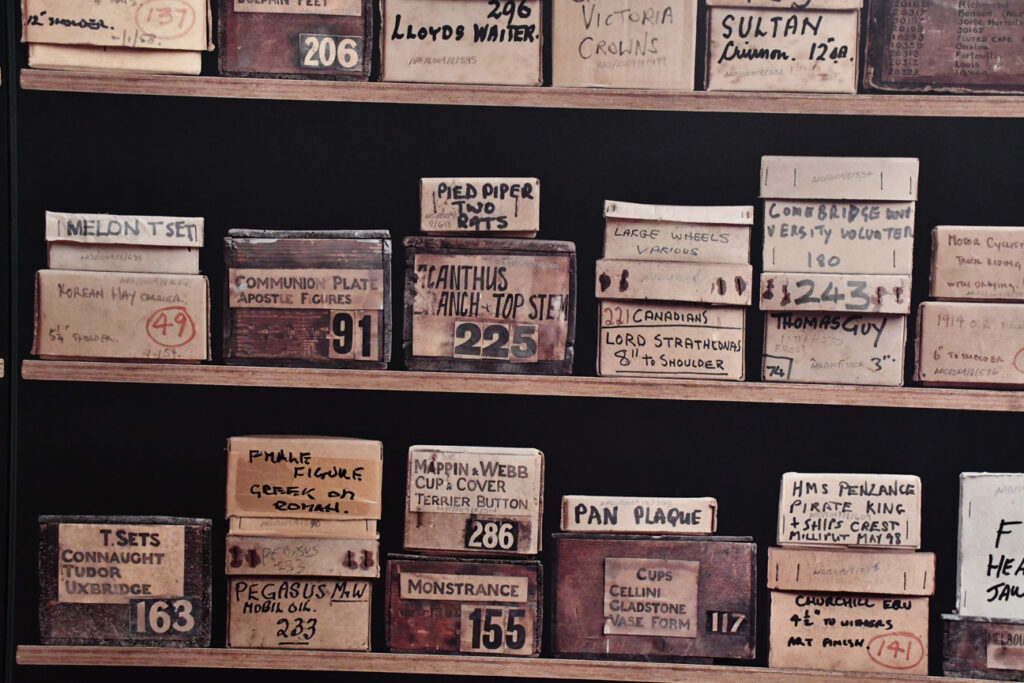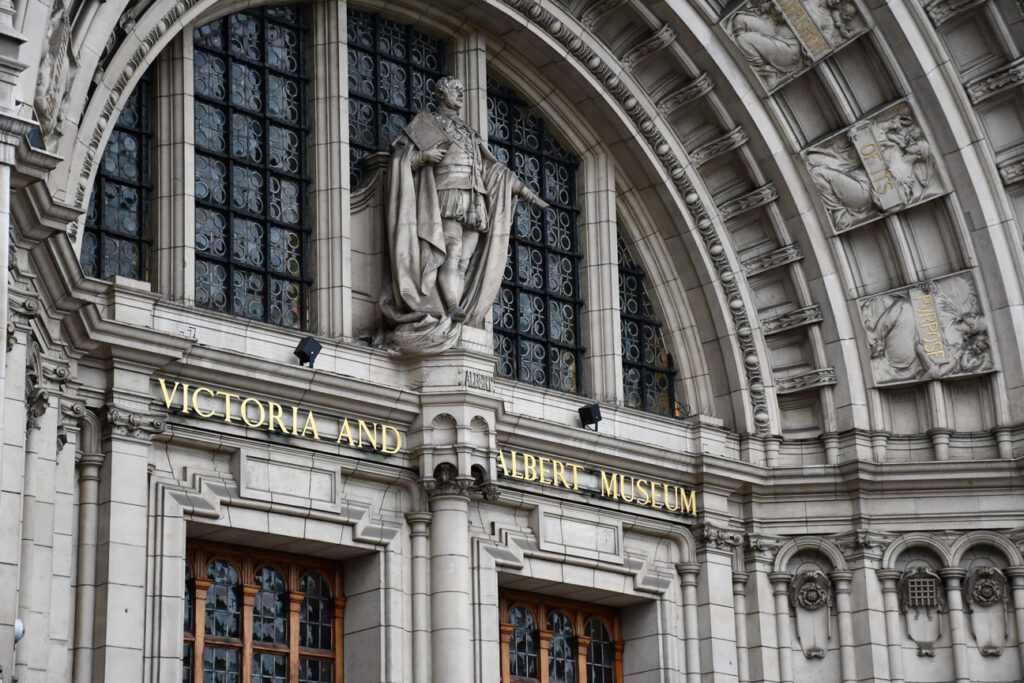
The Victoria and Albert Museum is the world’s largest museum of applied arts, decorative arts and design, housing a permanent collection of over 2.27 million objects. It was founded in 1852 and named after Queen Victoria and Prince Albert.
The V&A covers 12.5 acres and 145 galleries. Its collection spans 5,000 years of art, from ancient history to the present day, from the cultures of Europe, North America, Asia and North Africa. However, the art of antiquity in most areas is not collected. The holdings of ceramics, glass, textiles, costumes, silver, ironwork, jewellery, furniture, medievalobjects, sculpture, prints and printmaking, drawings and photographs are among the largest and most comprehensive in the world.
The museum owns the world’s largest collection of post-classical sculpture, with the holdings of Italian Renaissance items being the largest outside Italy. The departments of Asia include art from South Asia, China, Japan, Korea and the Islamic world. The East Asian collections are among the best in Europe, with particular strengths in ceramics and metalwork, while the Islamic collection is amongst the largest in the Western world. Overall, it is one of the largest museums in the world.

But first the building itself- let alone what is in it. A piece of Victoriana at its opulent height. Every surface is decorated lavishly.
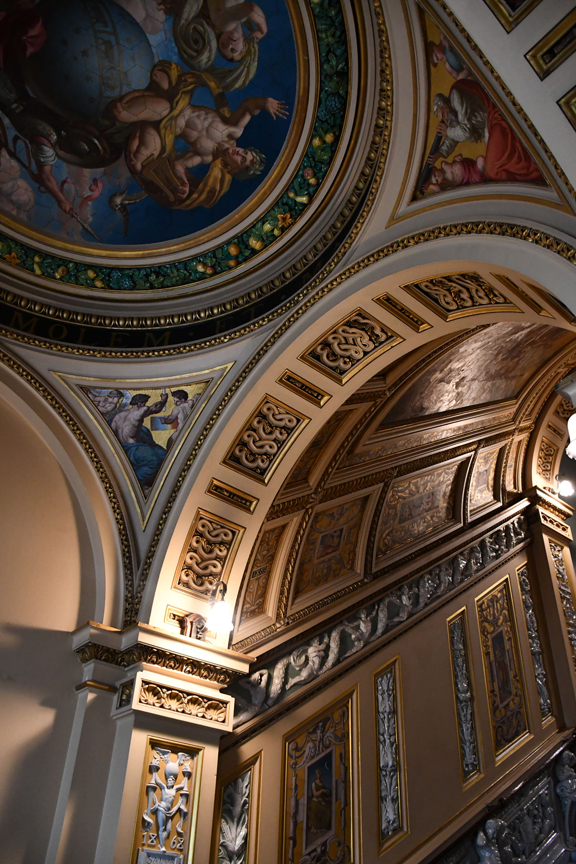
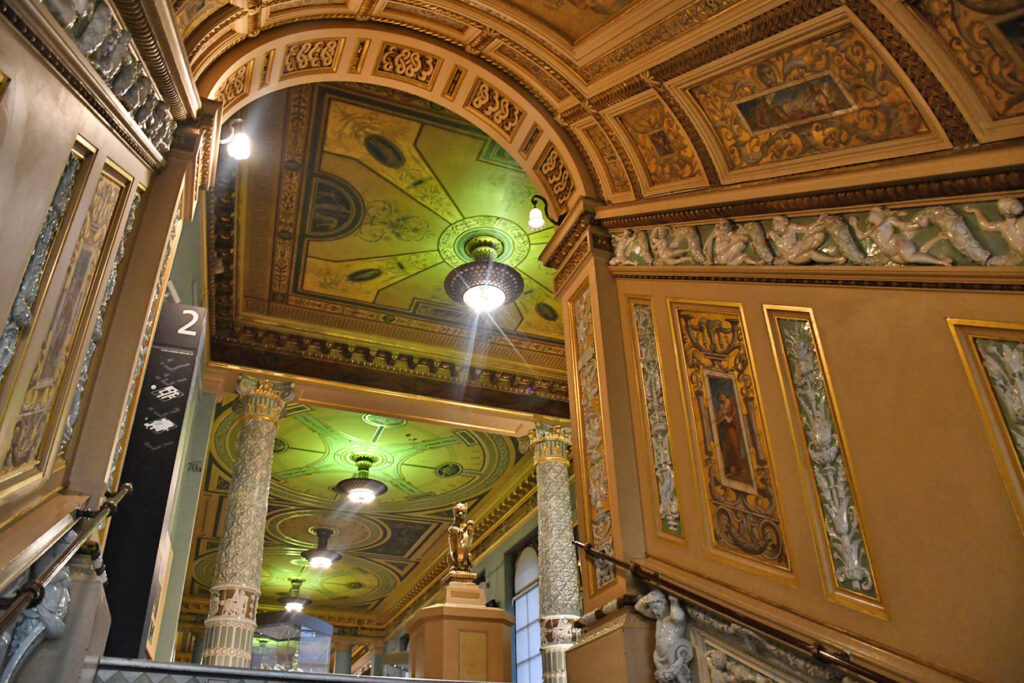
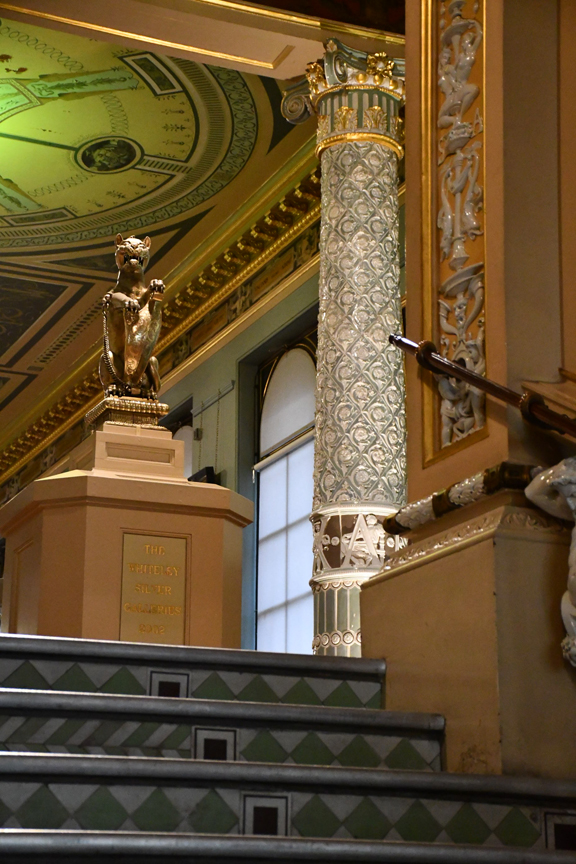
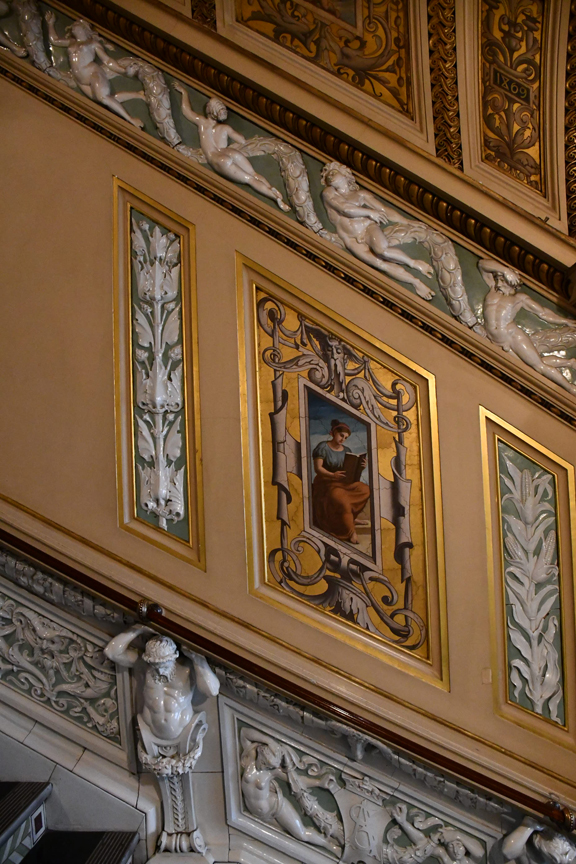

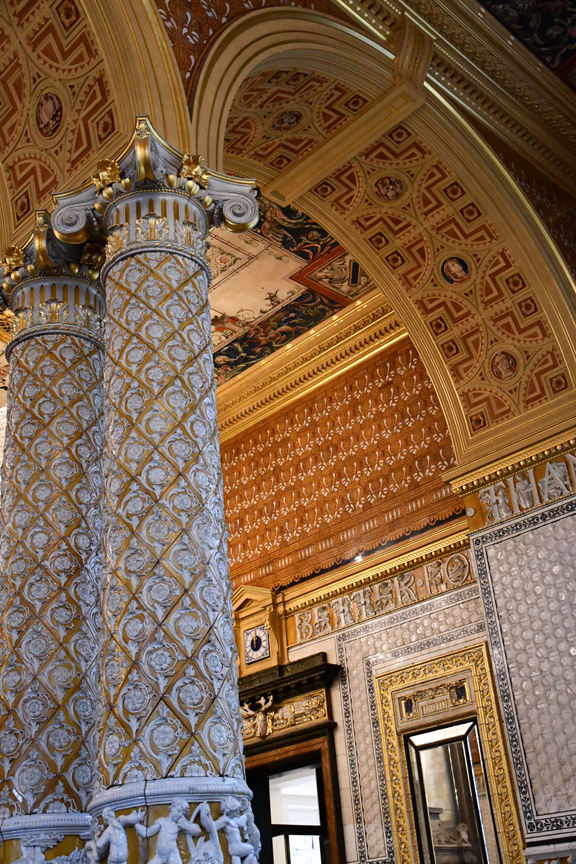
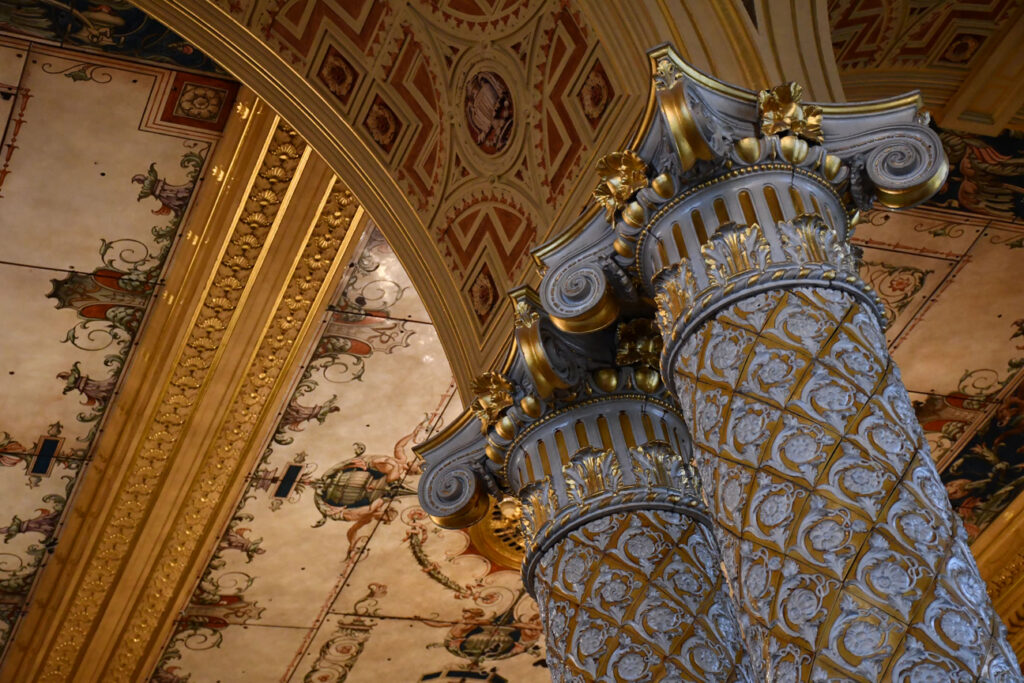
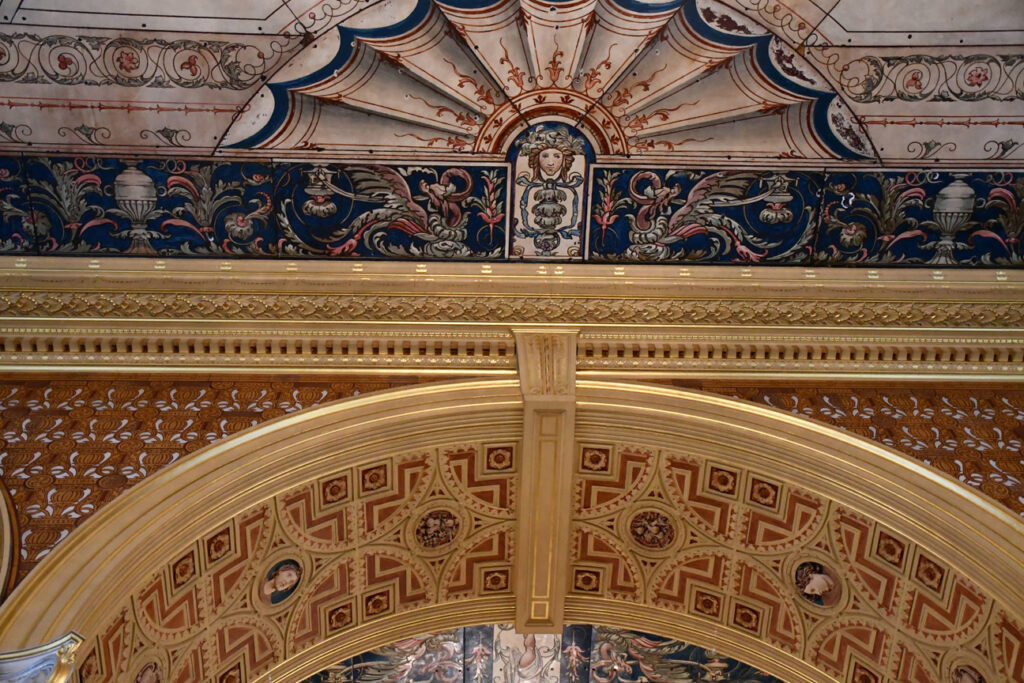
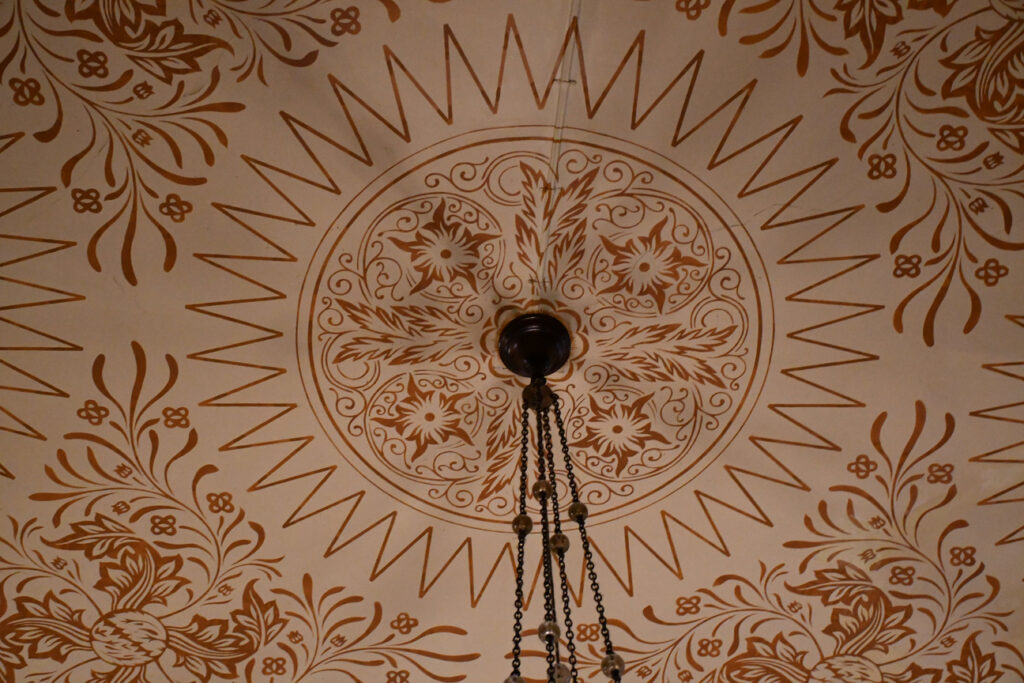
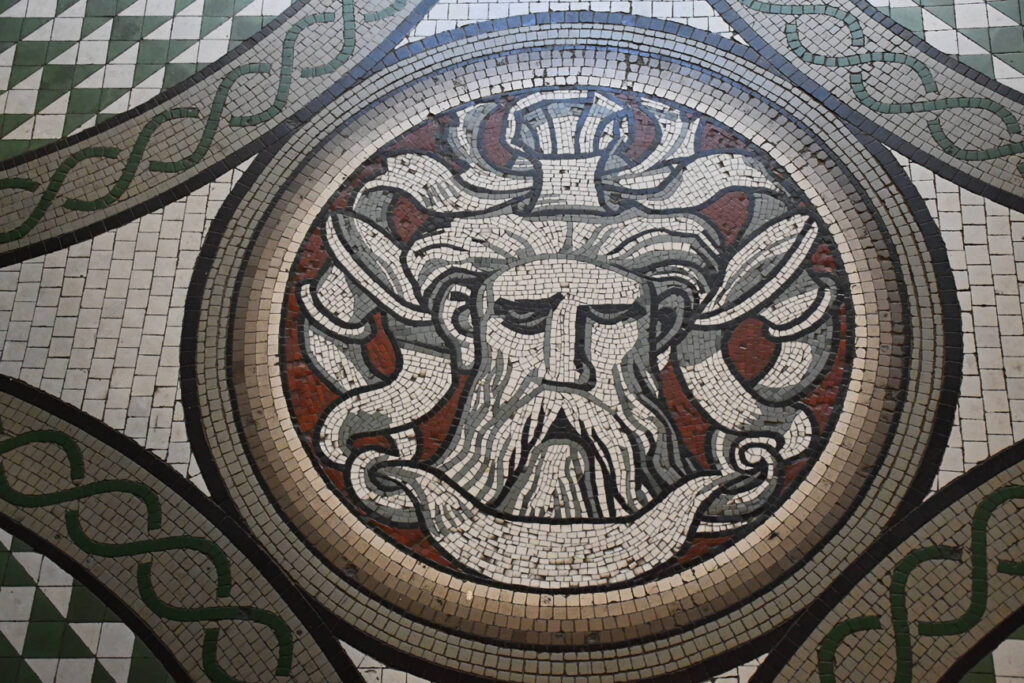
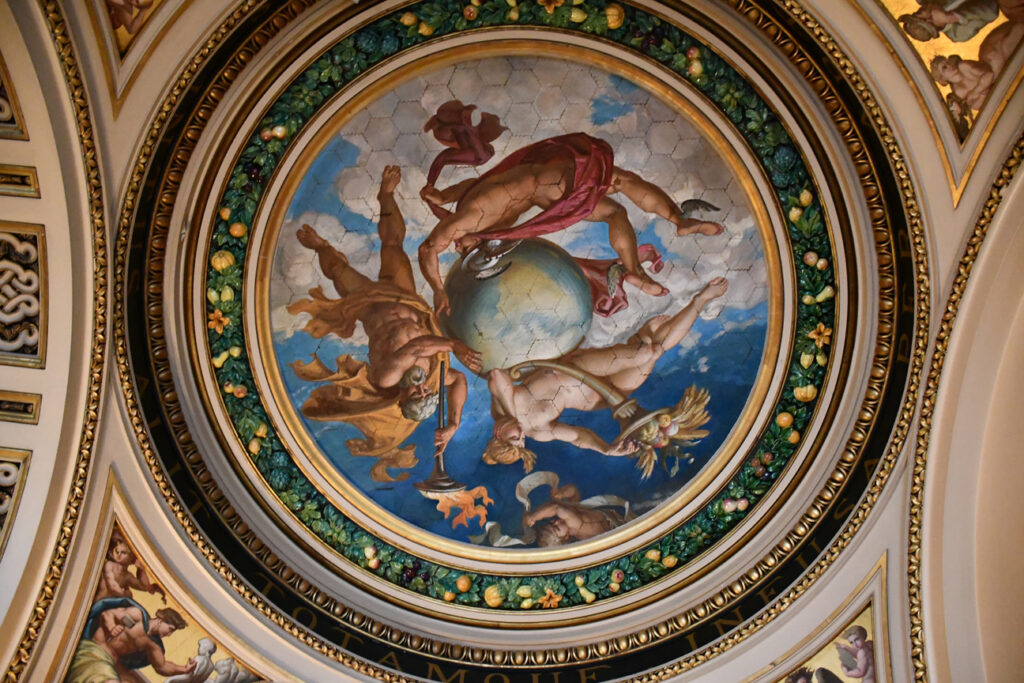
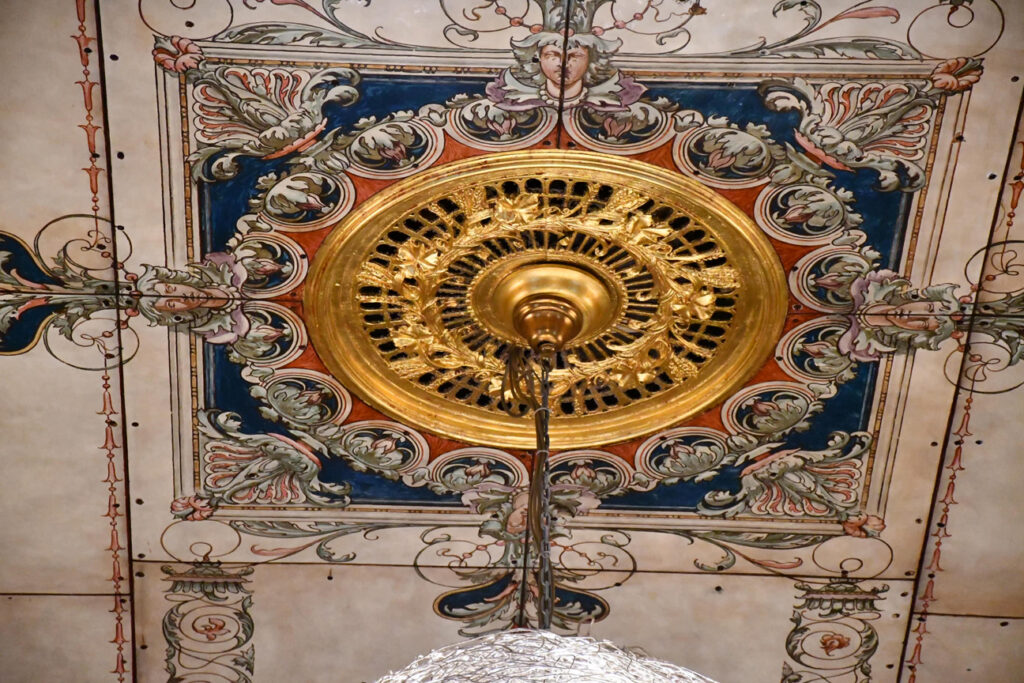
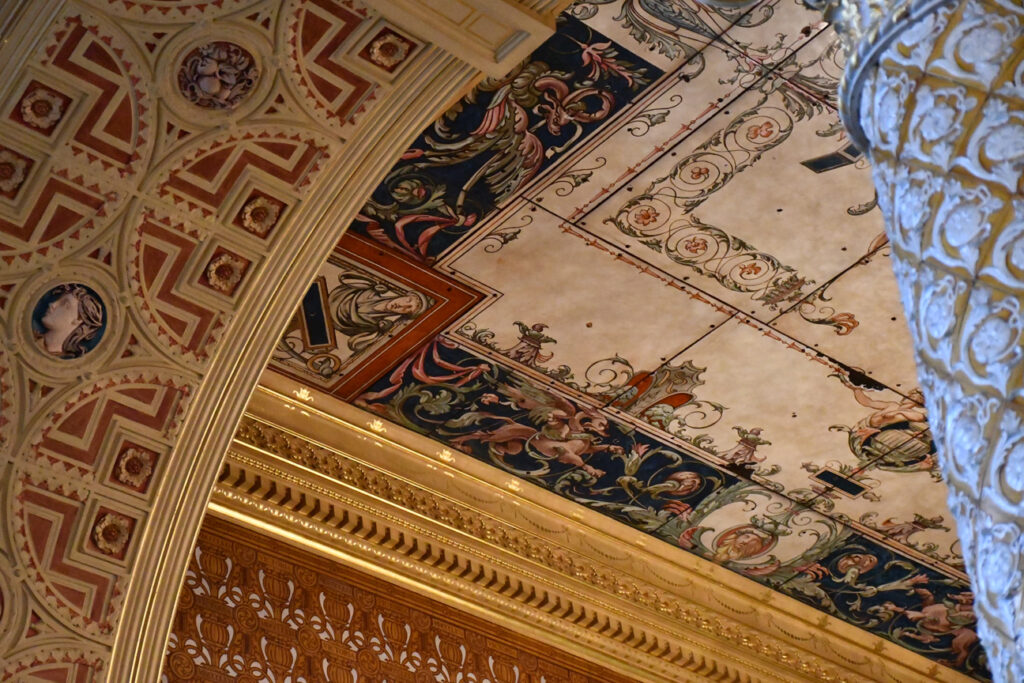
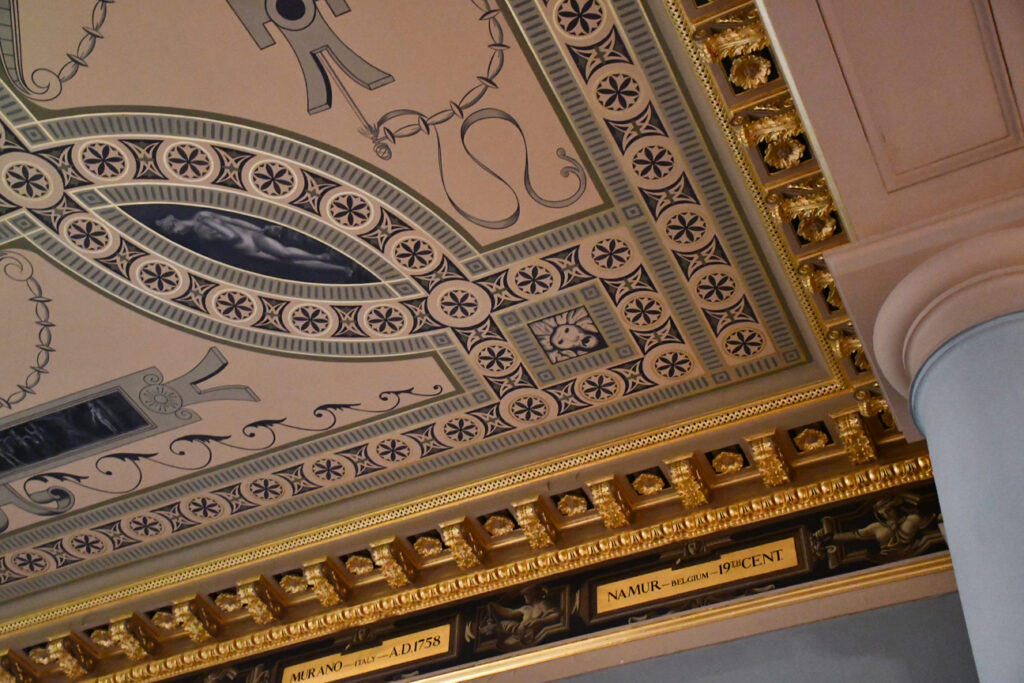
The Centre Refreshment Room (1865–77) was designed in a Renaissance style by James Gamble. The walls and even the Ionic columns in this room are covered in decorative and moulded ceramic tile, the ceiling consists of elaborate designs on enamelled metal sheets and matching stained-glass windows, and the marble fireplacewas designed and sculpted by Alfred Stevens and was removed from Dorchester House prior to that building’s demolition in 1929.
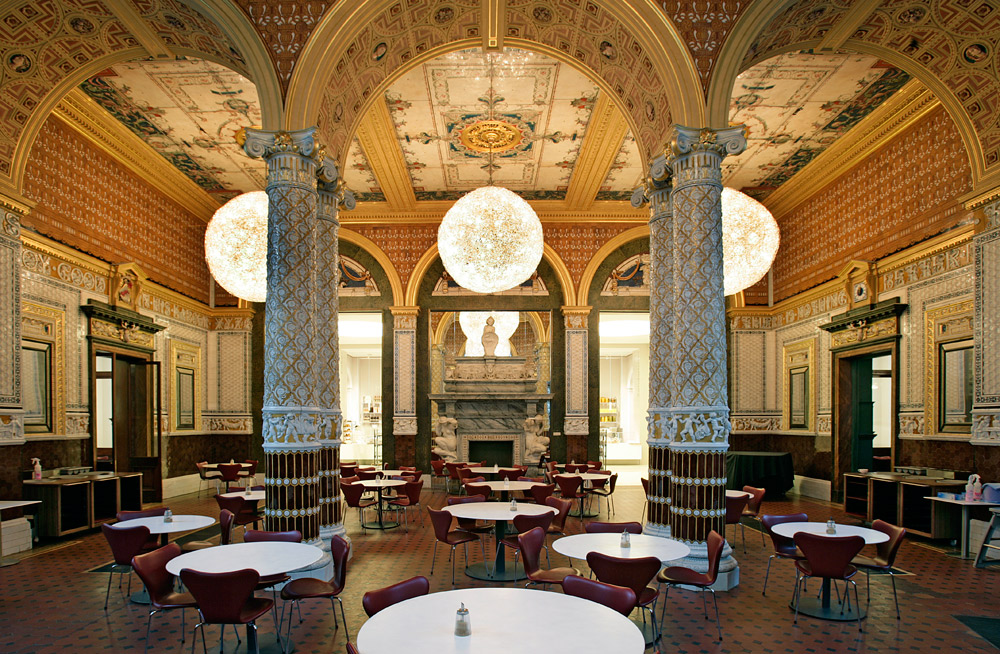
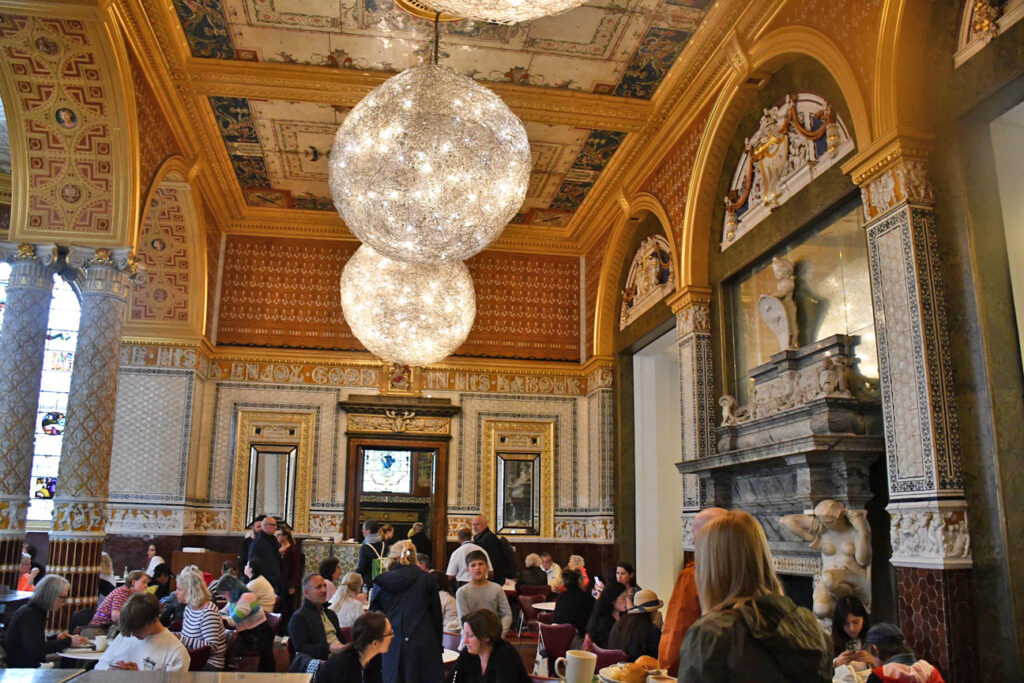
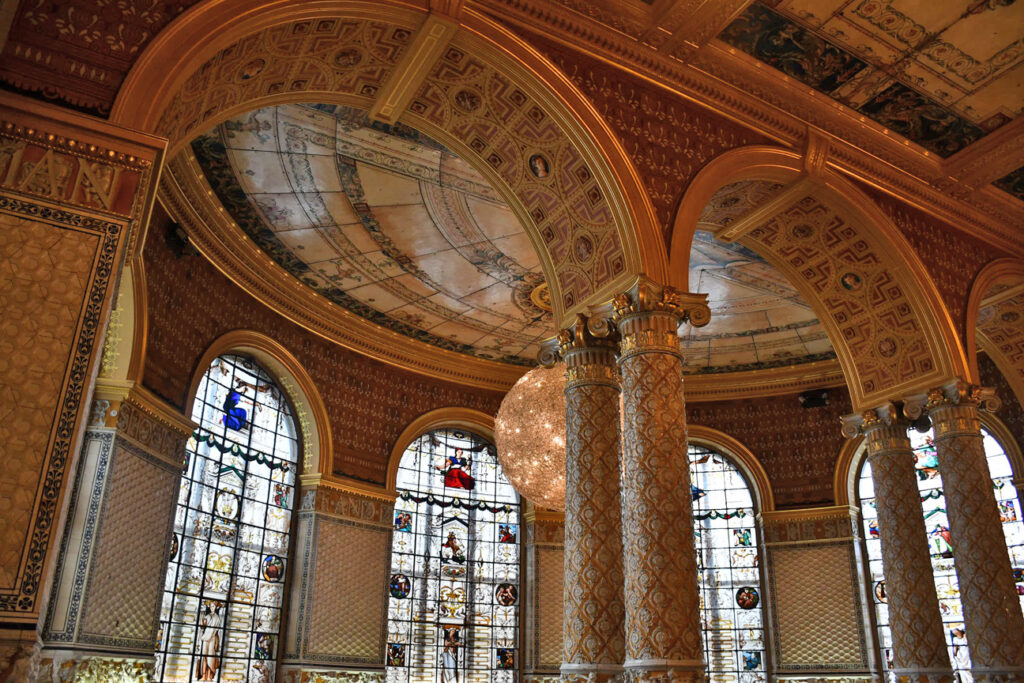
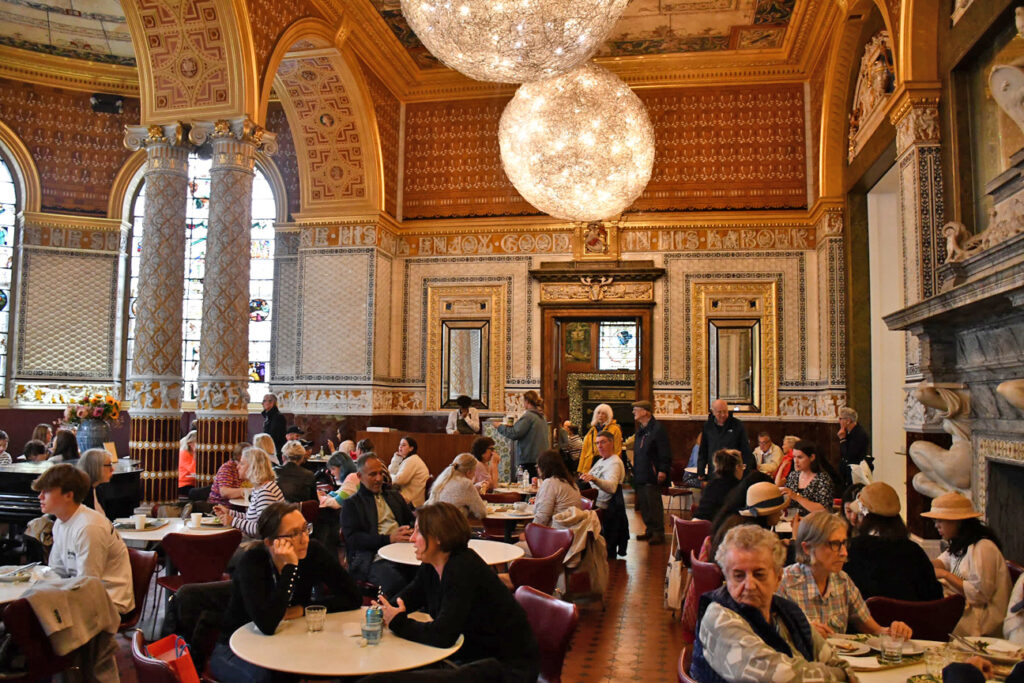
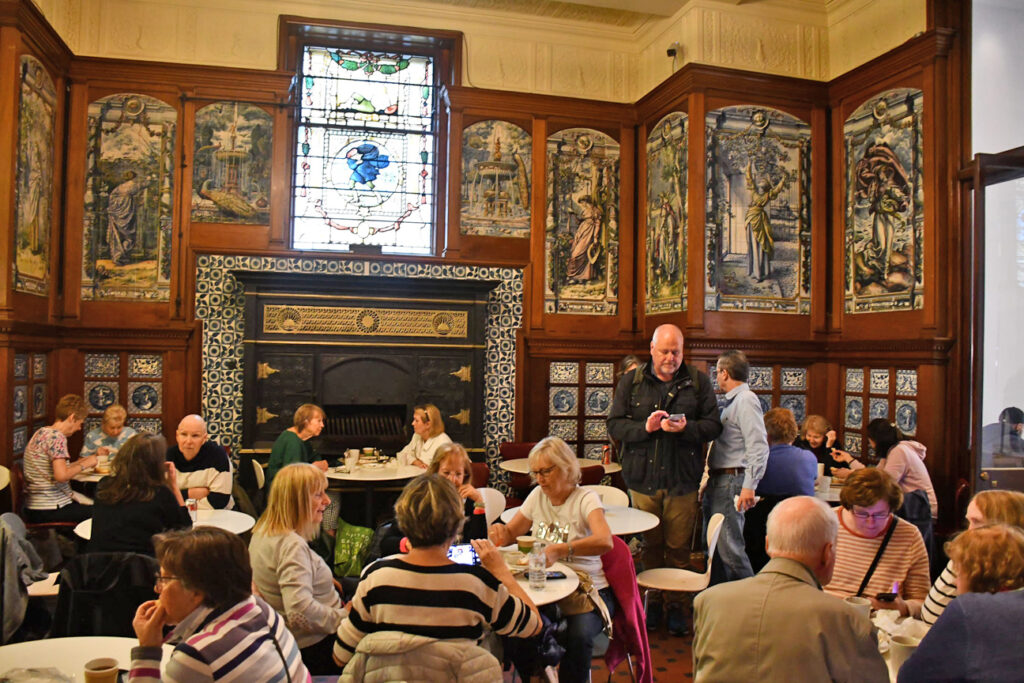
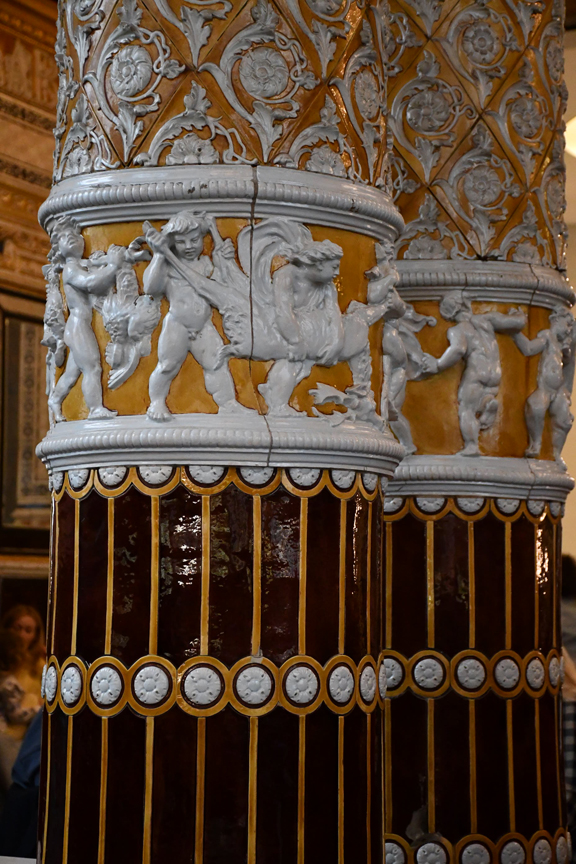
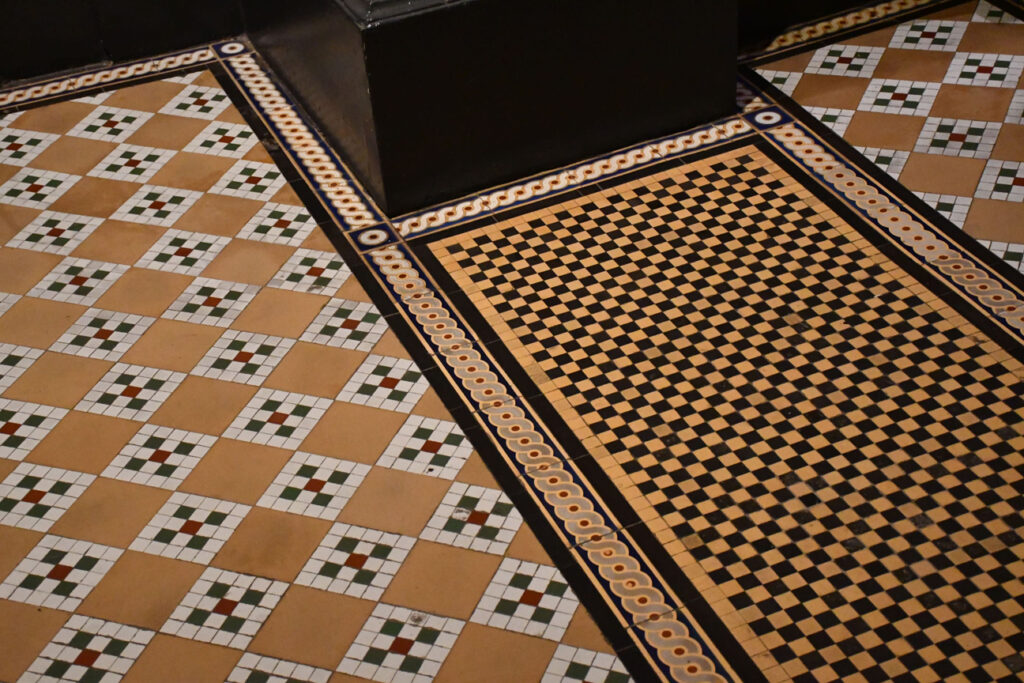
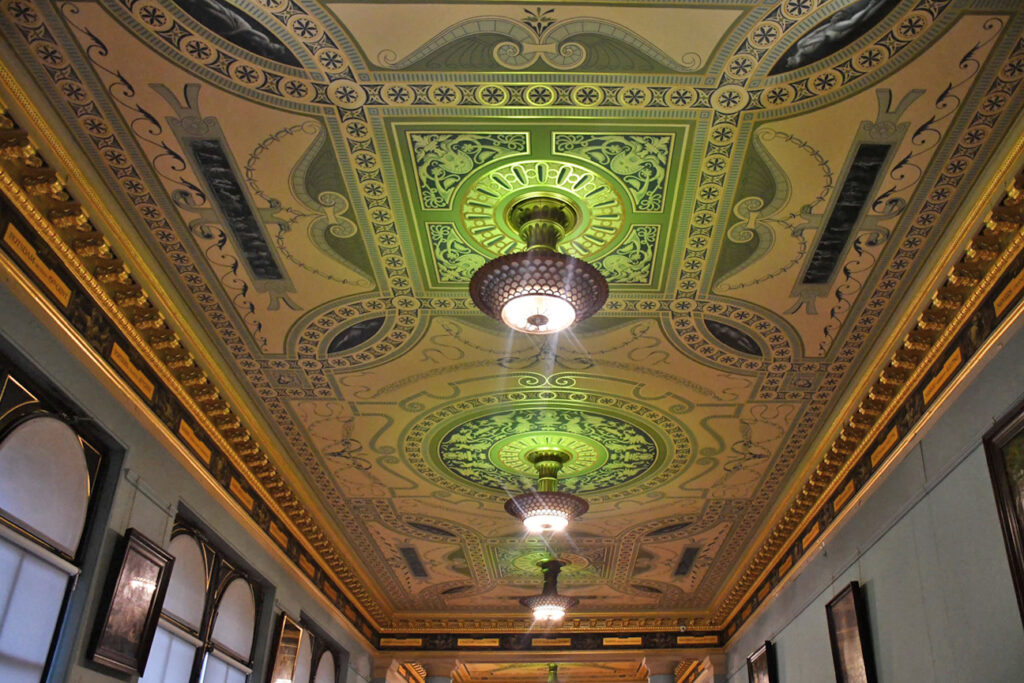
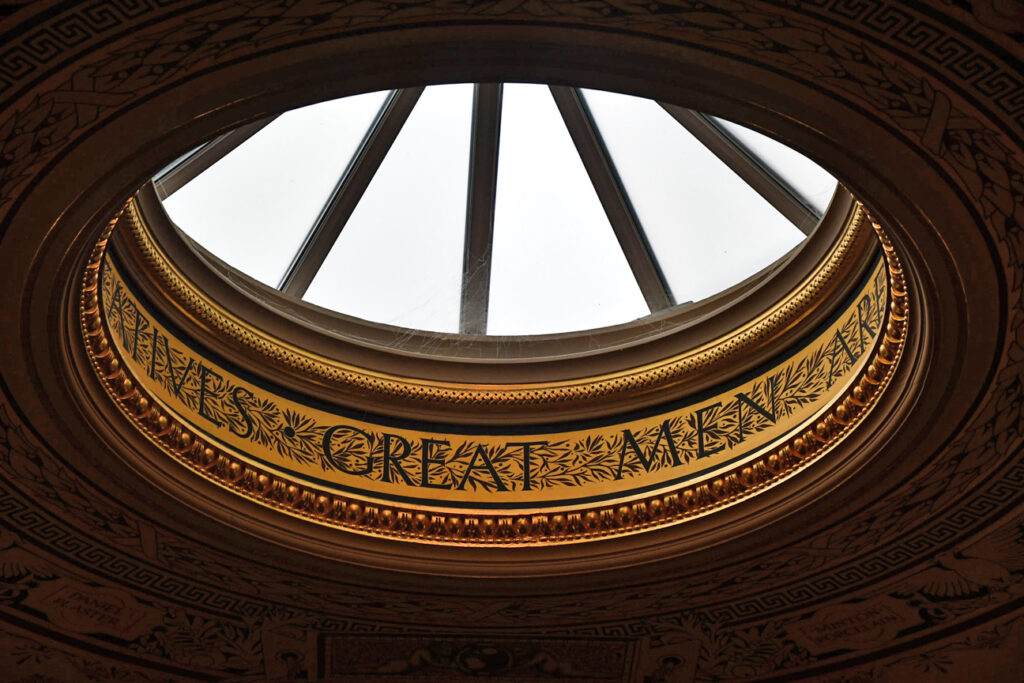
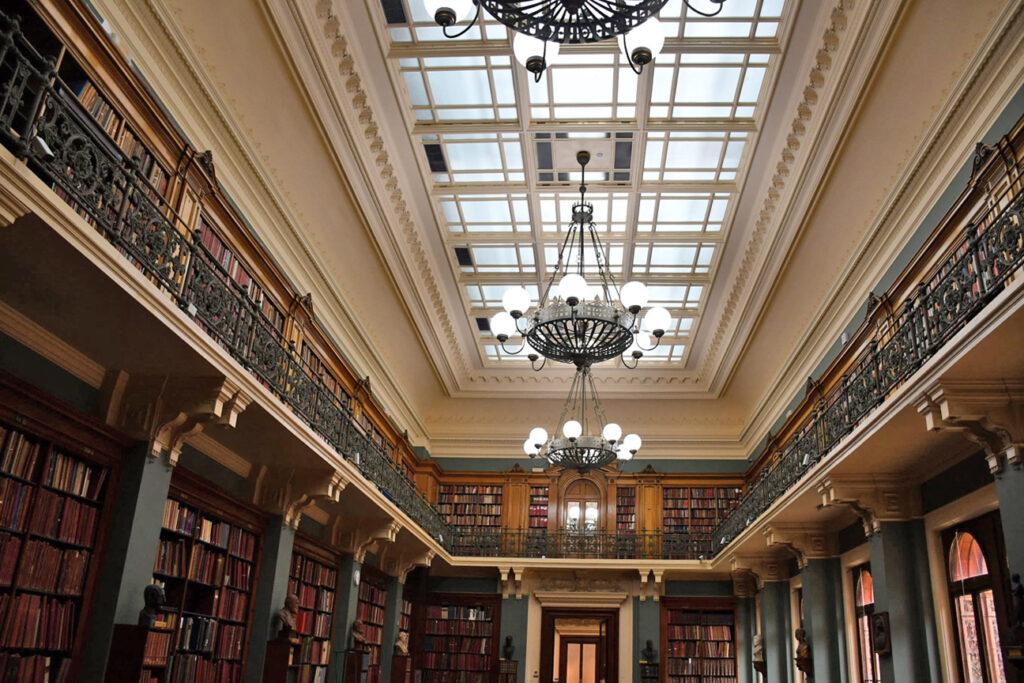
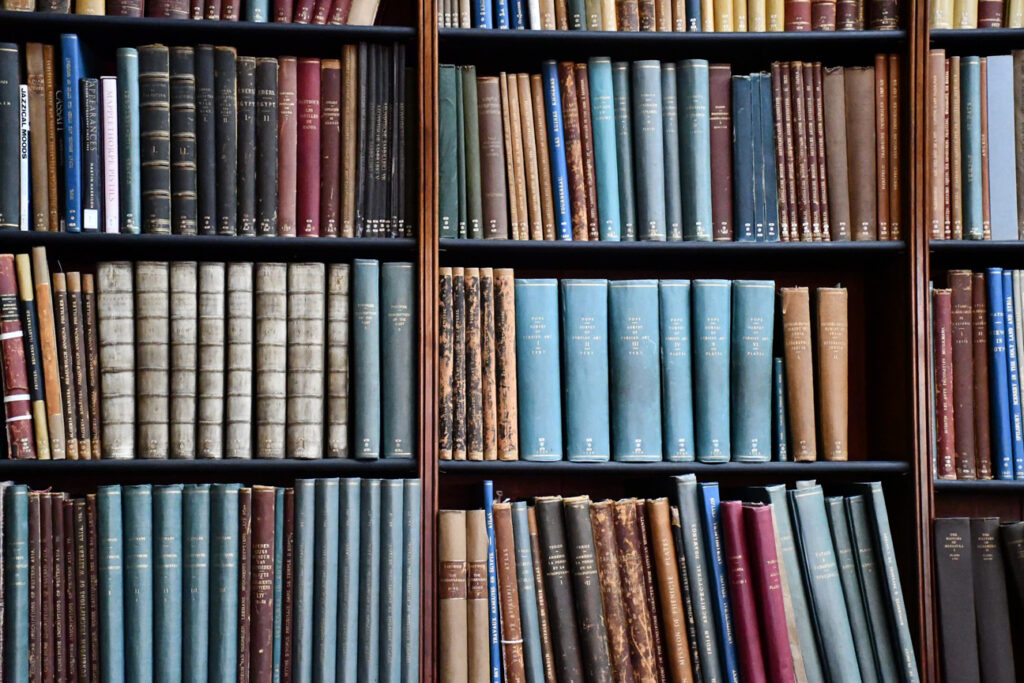
The Library
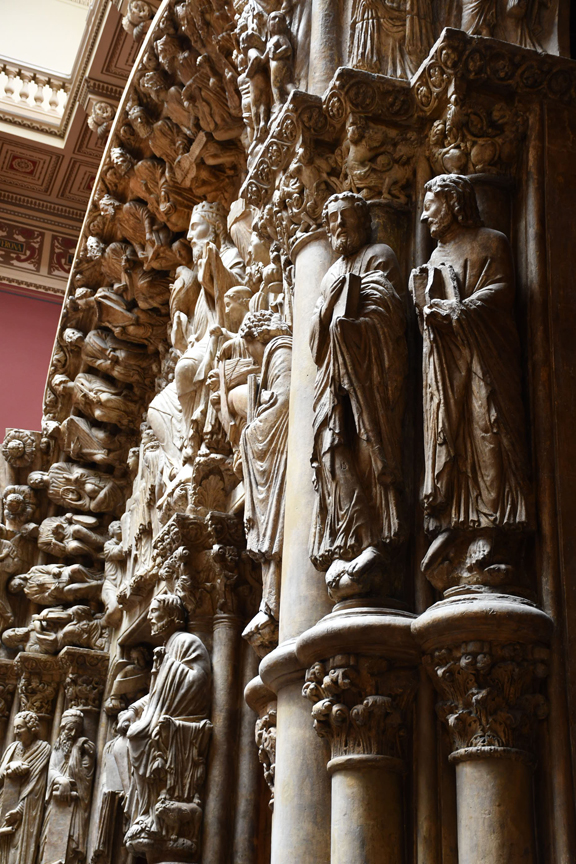
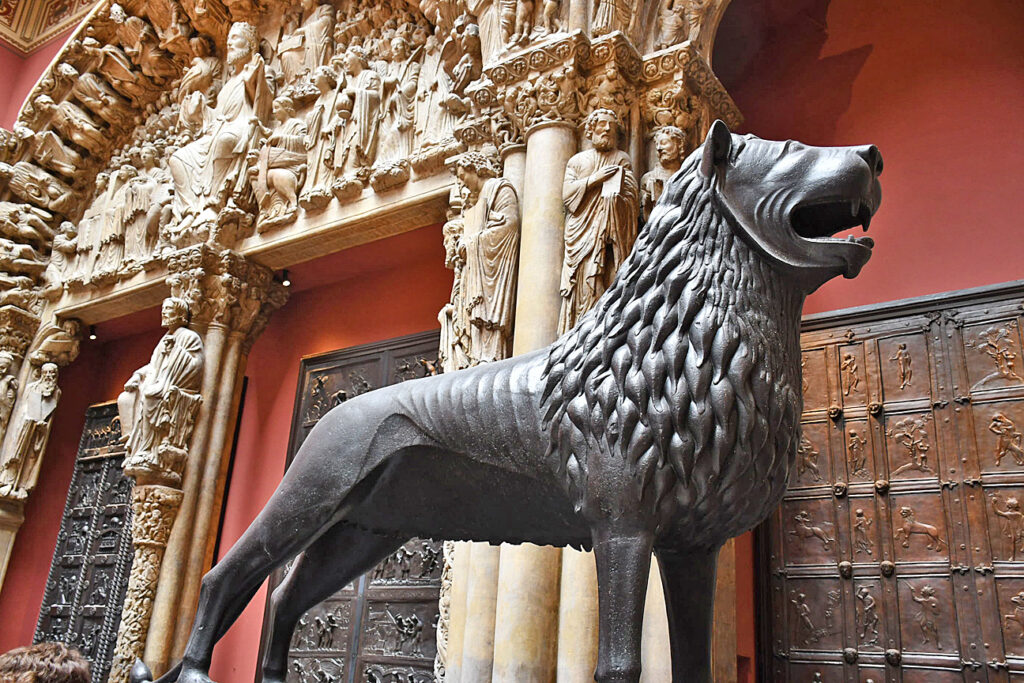
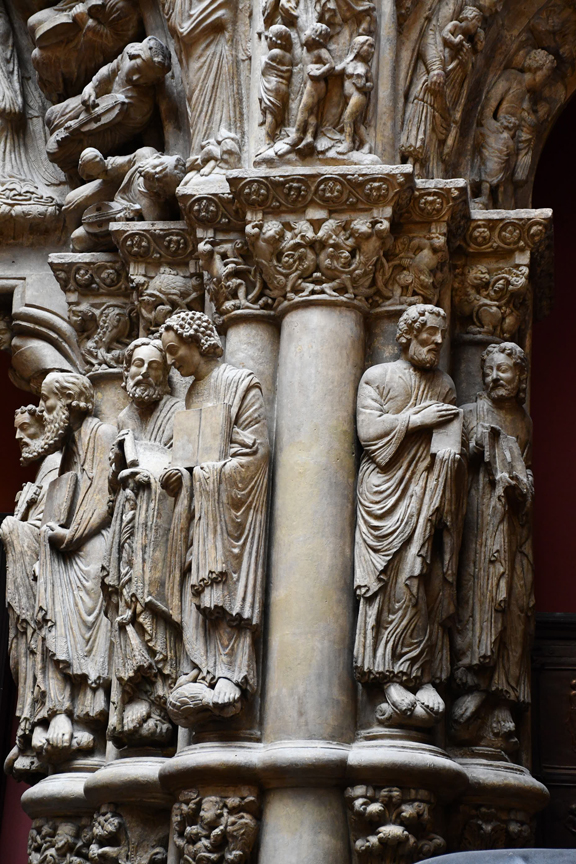
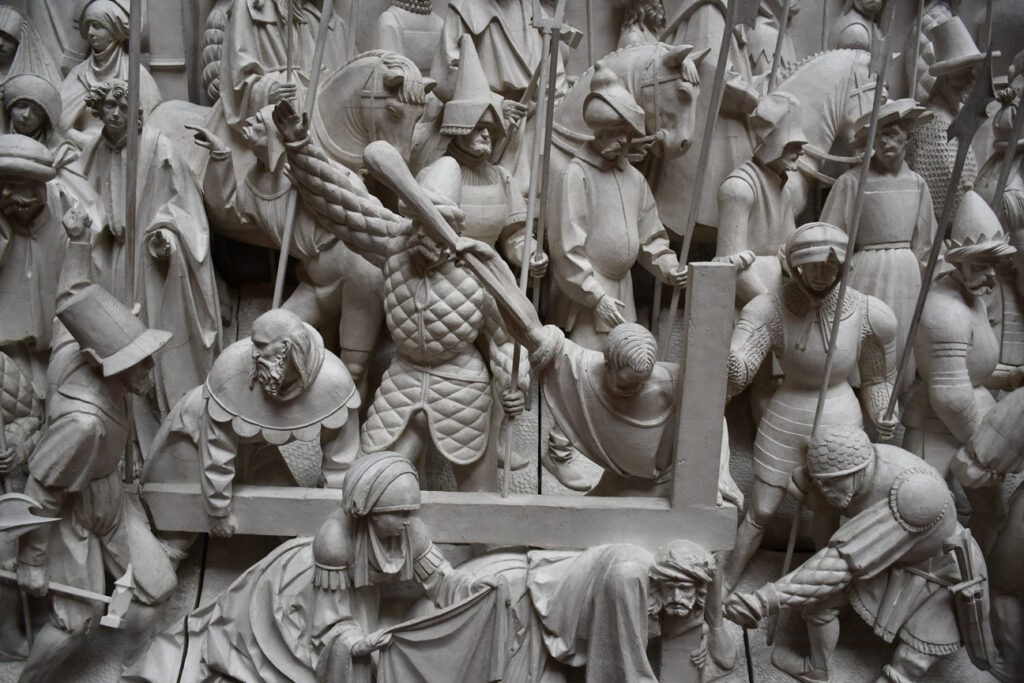
Cast from the church of St Servatius from approx 1180
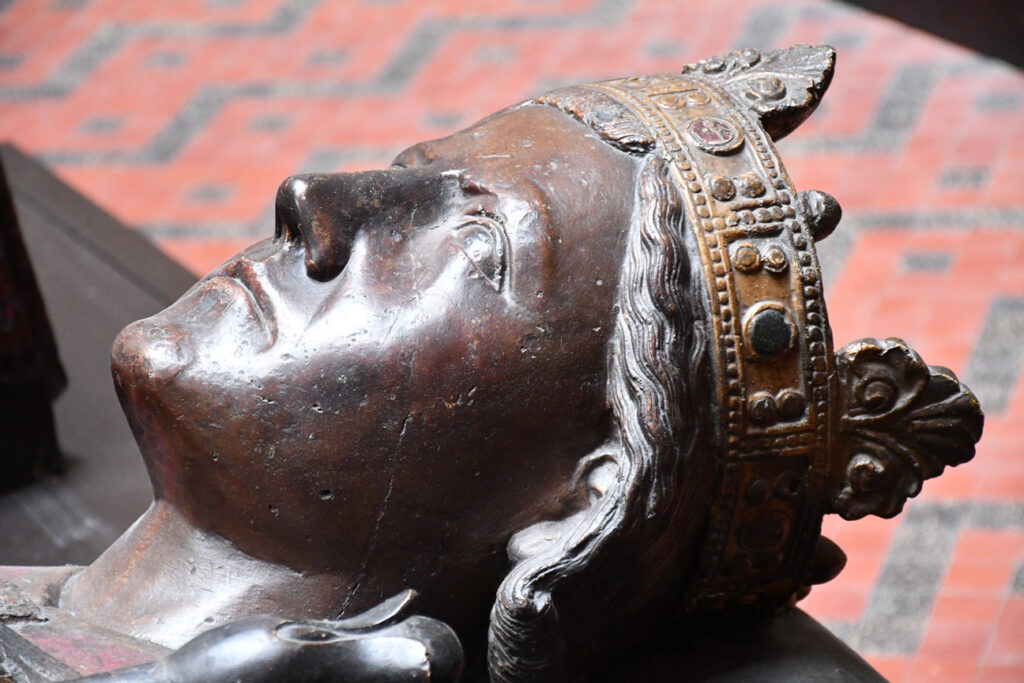
Effigy of Richard I (the Lionheart)-about 1250
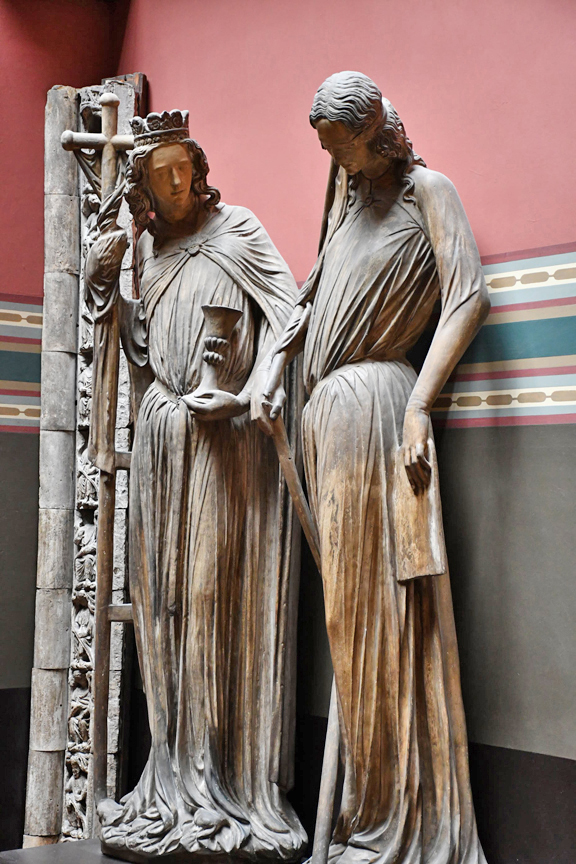
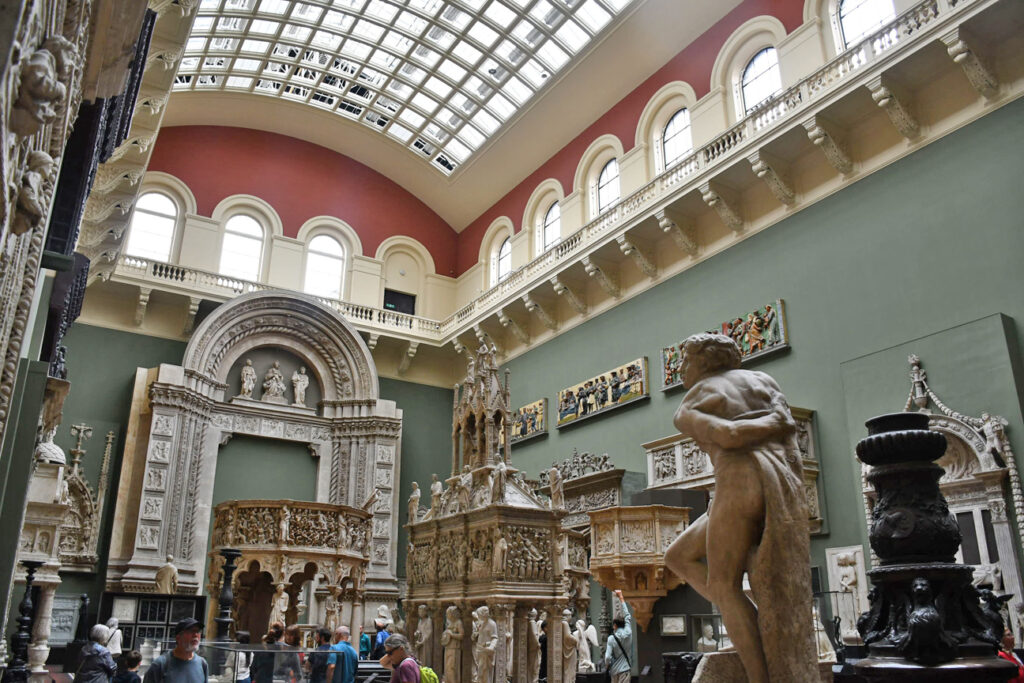
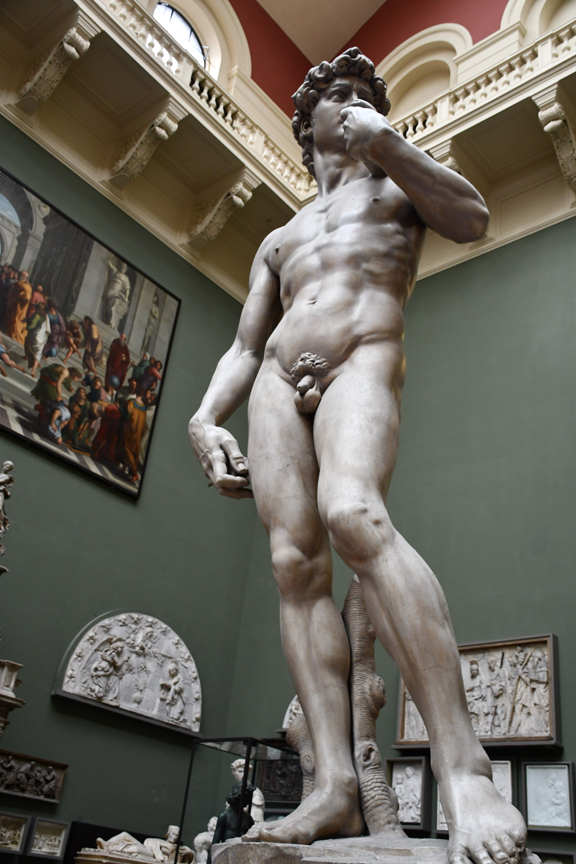
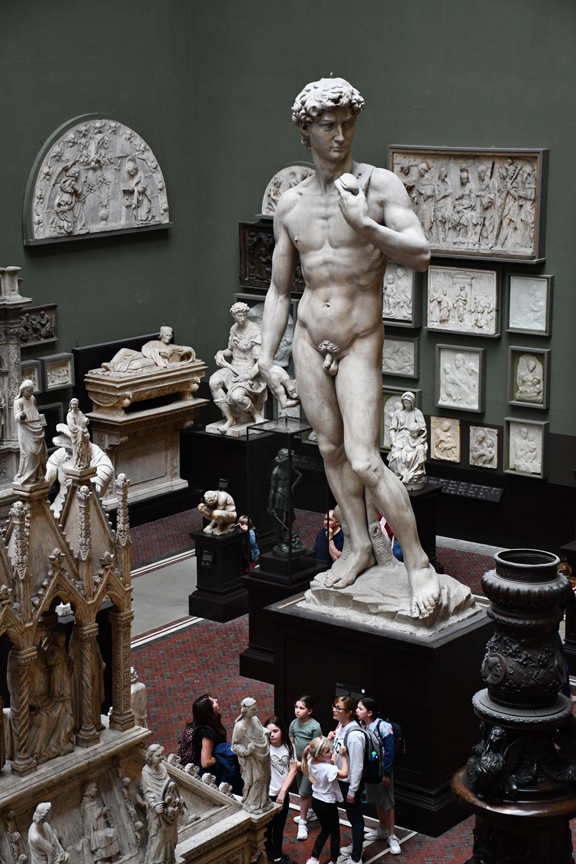
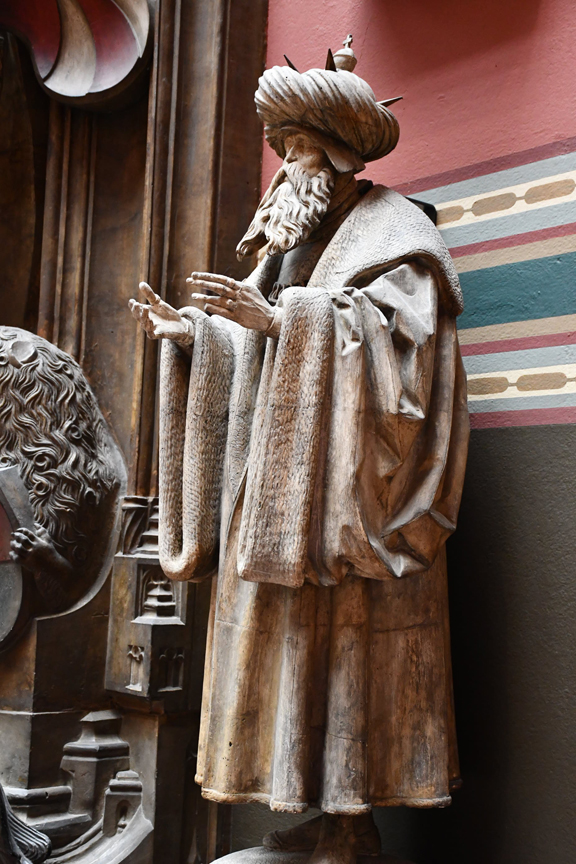

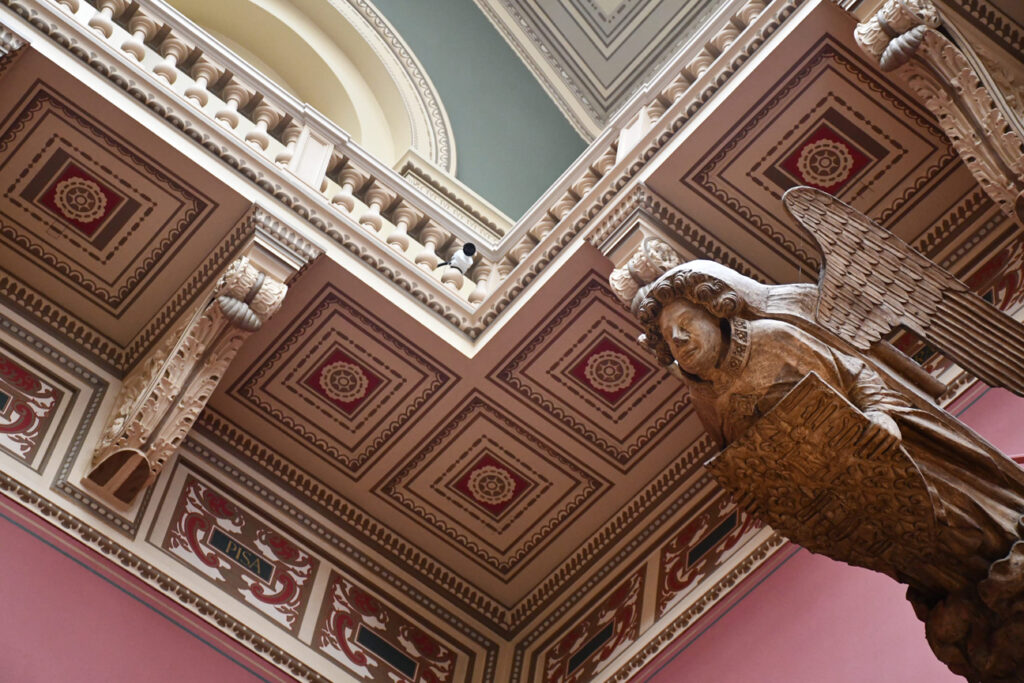
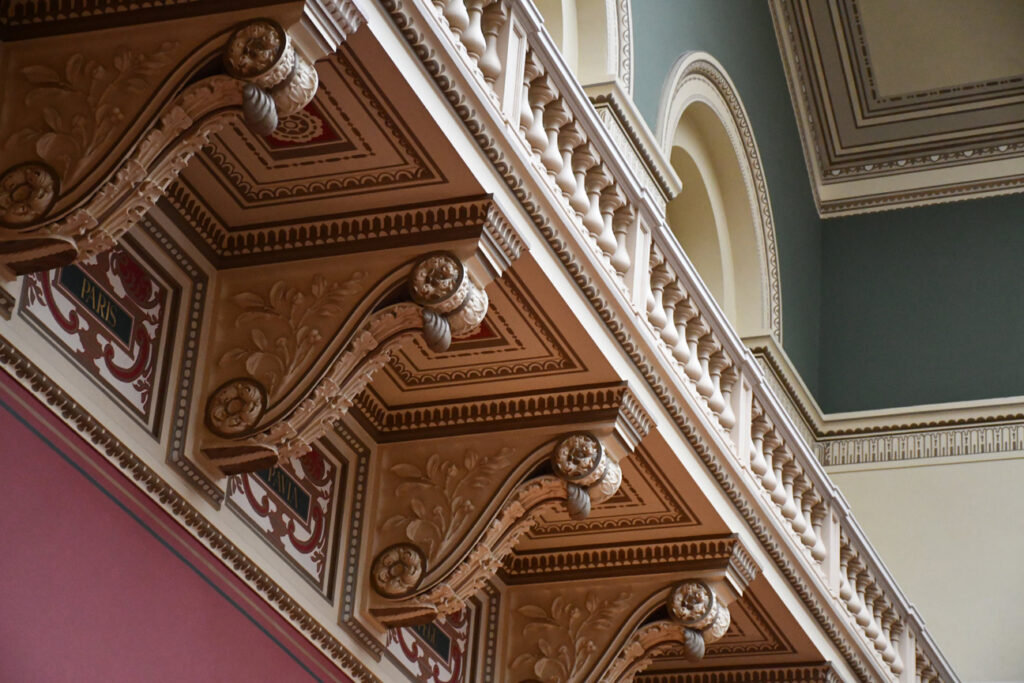
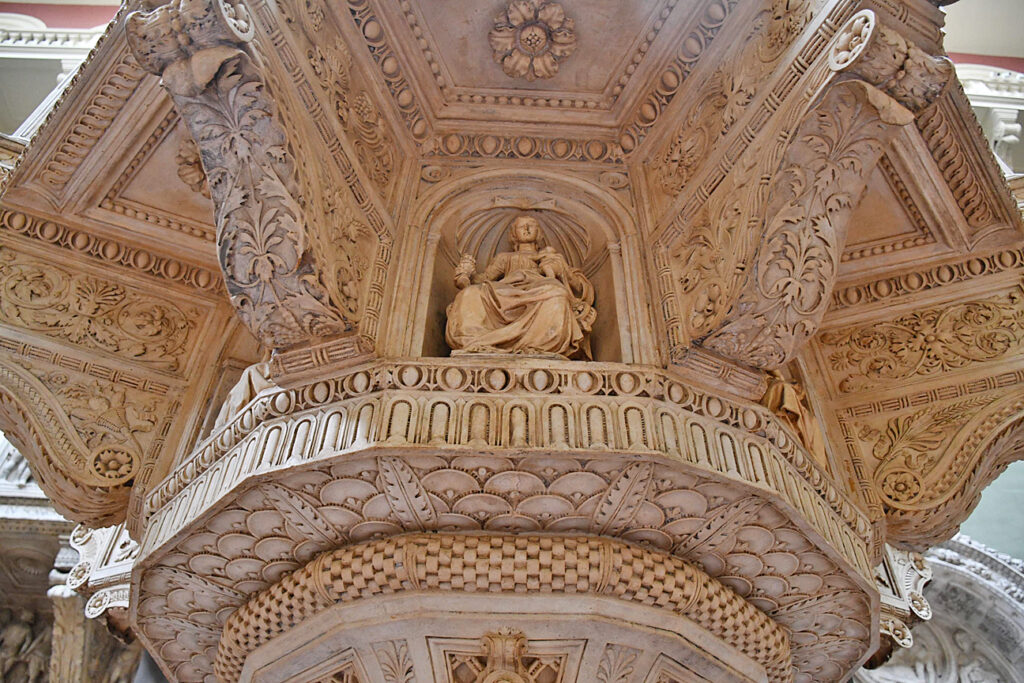
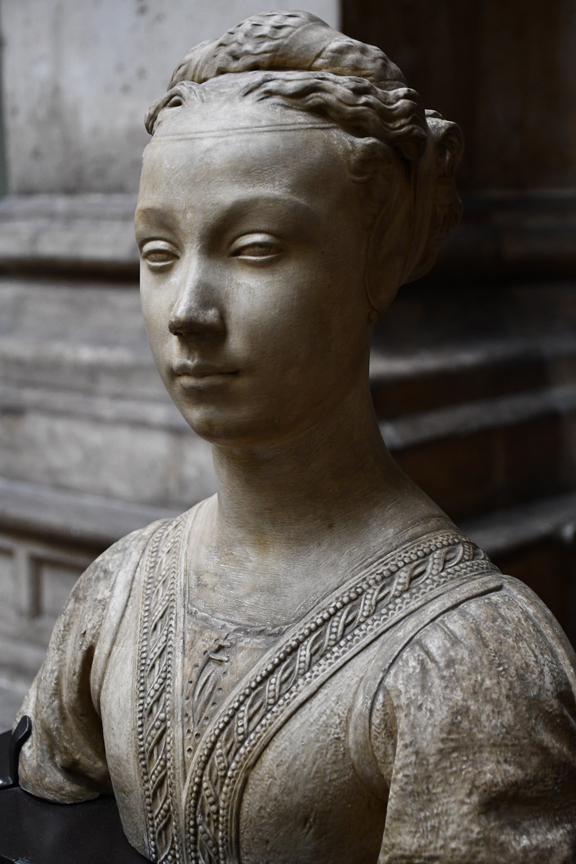
Bust of A Young Woman- dell Aquila 1475
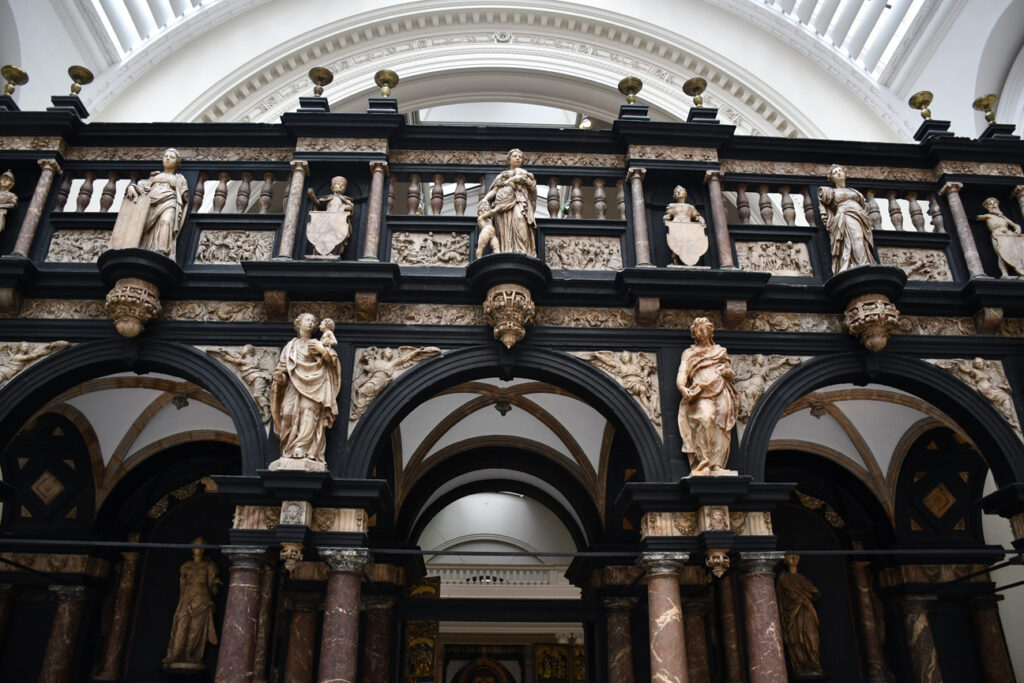
FOR MORE ON THE V&A see an earlier posting here.
